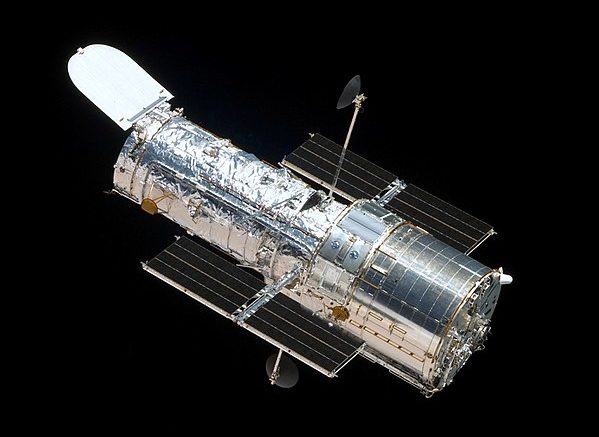Where are the best places to have an observatory? What are the positives and negatives of placing a telescope in the atmosphere versus the ground versus an airborne telescope? We will take a look at some positive and negative considerations for considering where to place an observatory. It is worth noting that there are going to be restrictions on where certain types of telescopes can operate based upon the desired objectives of study, which can. be based upon the Light Spectrum to be studied.
Ground Based Telescopes
Because of factors such as the lack of need to launch the telescope and use of less expensive materials means that ground-based telescopes cost on average about 10 to 20 times less than a comparable space telescope. These telescopes are great because they can be maintained easily in a timely fashion without requiring launching into space. As telescopes need to be super sensitive to light, they are sensitive to environmental factors, which requires ground-based telescopes would need to be set up in specific spots. There are negatives that include limitations on the amount of data that these telescopes can gather due to the atmospheric interference. This means stars twinkle and lack the ability to have the best data gathered.
Airborne Telescopes
Airborne observatories are referring to observatories in the form of an astronomical telescope stored and utilized inside an airplane, airship, or balloon. By carrying the telescope to a sufficiently high altitude, the telescope can avoid cloud cover, pollution, and carry out observations in the infrared spectrum, above water vapor in the atmosphere which absorbs infrared radiation. This means that the airborne telescope will be more expensive to build considering that modifications to an expensive transportation system such as airship, airplane, or ballon. Moreover, these items all have a limit on their carrying capacity, which will limit the scope size. Some additional drawbacks to this approach are the instability of the lifting platform, the need to safely recover the gear afterward, and the cost compared to a comparable ground-based observatory. Having to refuel will also limit time in the air that observations can. be made. There are only a limited number of airborne observation platforms.
Atmospheric Telescope
Because they are limited by filtering and distortion of the electromagnetic radiation due to the atmosphere in the form of scintillation or twinkling, ground-based observatory astronomy on Earth is limited. There are ways to reduce atmospheric effects on ground-based observatories by using adaptive optics. Positives for atmospheric telescopes include not being subject to light pollution from artificial light sources on Earth, but with the increase in number of space satellites and space junk, there might be less room for future satellites unless something is done. It is worth noting that the angular resolution of space telescopes is often much smaller than a ground-based telescope with a similar aperture. Space telescopes avoid the filtering of ultraviolet frequencies, X-rays and gamma rays because of their location.
Space-based astronomy is really important for frequency ranges which are outside the optical and the radio windows. This is because those two windows are the only two wavelength ranges of the electromagnetic spectrum that are not severely affected by the atmosphere in the form of attenuation. When building a space telescope, considerations that have to be considered including the launch, construction, and operation. On average, space telescopes are much more expensive to build than ground-based telescopes. And due to their location, space telescopes are also extremely difficult to maintain. Although the Hubble Space Telescope was serviced by the Space Shuttle, most space telescopes cannot be serviced at all, which is seen with the James Webb Space Telescope which will be unable to be serviced.
There are many positives and negatives regarding cost, desired data, and payload that all are affected by the observatory location. There is no absolute right answer for the best observatory location for every situation. Every situation is different, which will call for the variance in telescope design and location choices.
References And Further Reading
https://imagine.gsfc.nasa.gov/science/toolbox/emspectrum1.html
https://sciencing.com/advantages-disadvantages-using-groundbased-telescope-12185505.html

Be the first to comment on "Observatory Location: Ground, Sky, Or Satellite"